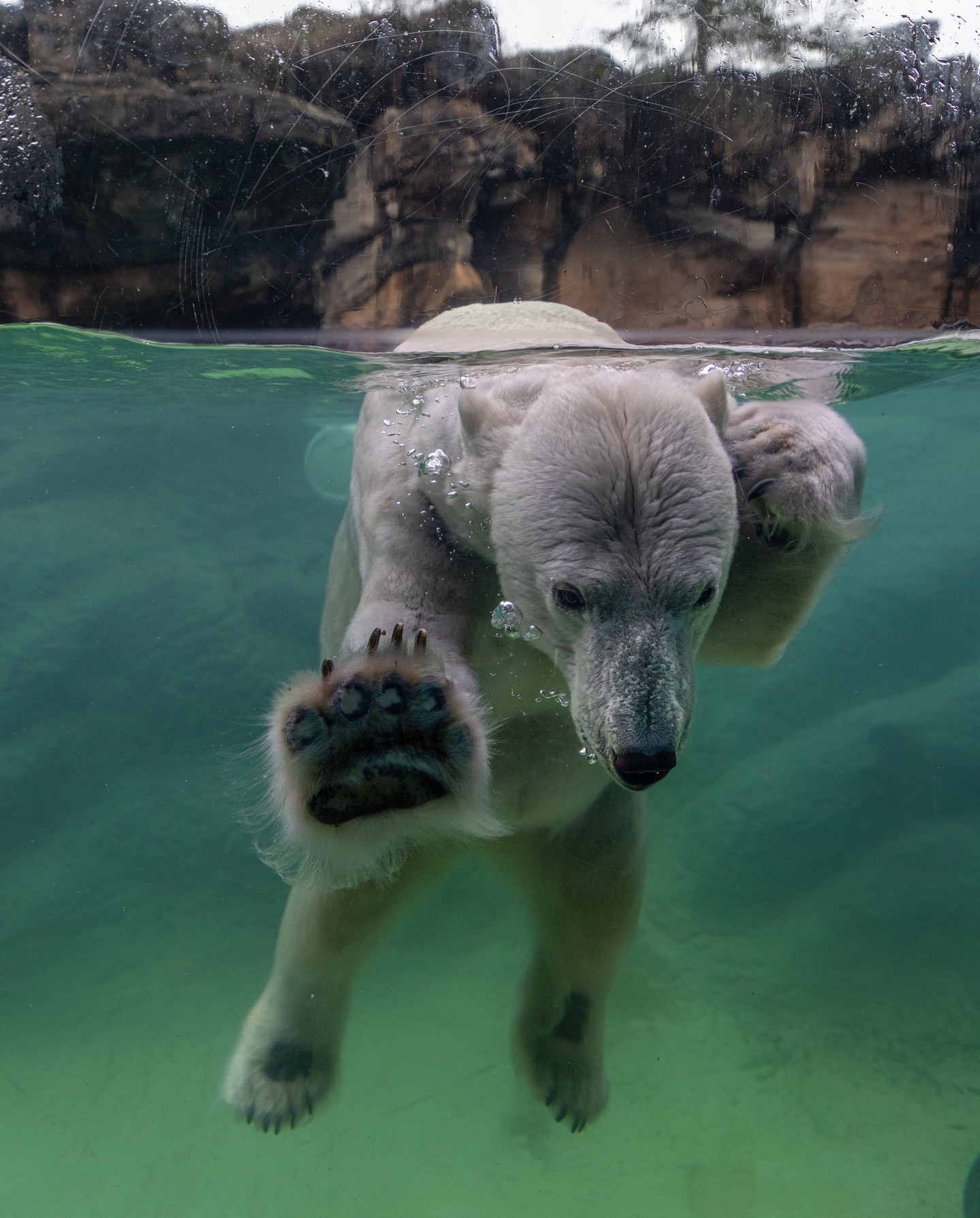– Discover the enchanting world of polar bears and their familial bonds during denning season.
– Learn about International Polar Bear Day and the conservation efforts to protect these majestic creatures.
– Unveil ways you can contribute to securing a future for polar bears across the Arctic.
Welcome to an exceptional journey into the lives of one of the planet’s most captivating predators – the polar bear. As the northern hemisphere still clutches the remnants of its wintry blanket, there’s a special day gaining traction amongst nature enthusiasts and conservationists alike. Today, we celebrate an event dedicated to the giants of the north, the polar bears. With the sea ice under their paws slowly dwindling, these magnificent creatures deserve our full attention more than ever. But why is this day so unique, and how can each of us positively impact the conservation of these bears? Let’s delve deeper into the Arctic world and unearth the critical aspects of marking this day on our calendars.
Human fascination with polar bears is not new. These ivory-furred giants have been enveloped in mystery and awe for centuries. The robust yet elegant creatures, known scientifically as Ursus maritimus, have adapted to some of the harshest conditions on Earth, thriving in a frozen world of white and blue. What is particularly heartwarming, though, is the tender scene set within the confines of an icy lair: a mother polar bear and her cubs.
Let’s picture this remarkable maternal den. After a gestation period of approximately eight months, the mother bear gives birth to one to three cubs during the heart of winter. Carved into the snow and ice, these dens provide a sanctuary for newborn cubs, protecting them from the brutal cold and predators. The layer of fat and fur that the mother has built up during the summer and fall comes in handy, keeping her offspring warm during these first weeks of their existence. In this snug retreat, new life forms a bond and grows, oblivious to the outside world.
One might wonder what triggers the timing of International Polar Bear Day. It commemorates a period when mothers and cubs are nestled in their dens. It’s a time for us to reflect on the fragility and strength of life in the Arctic ecosystem. The day is a reminder that these creatures are in peril, and it’s no secret that their home is on thin ice. Climate change and the resultant melting of arctic sea ice pose a severe existential threat to polar bear populations. Action is imperative.
Our knowledge of polar bears has expanded over the years due to tireless research efforts. We’re not just talking about size and diet – though those are certainly impressive – but also their intricate behaviors and the challenges they face. Did you know, for instance, that polar bears are classified as marine mammals? They spend most of their life on the sea ice of the Arctic Ocean, and their scientific name, ‘maritimus,’ reflects this dependence on the marine environment for survival. Polar bears are skilled swimmers, with some recorded traversing over 60 miles in a single swim. But swimming long distances can be draining, highlighting the importance of stable sea ice to their way of life.
Conservationists have been vocal about the urgency of protecting polar bears, and International Polar Bear Day plays an instrumental role in amplifying this message. Organizations like Polar Bears International work relentlessly to advocate for these animals, lobbying for policies that mitigate climate change and safeguard critical habitats. They also fund research to deepen our understanding of polar bears’ needs, behaviors, and population dynamics. This knowledge is crucial in shaping effective conservation strategies.
But what does this day mean for you, and how can you help polar bears from where you are? First, it’s about awareness. Remember that every bit of information shared is a stride towards breaking the ice of ignorance. Talk about polar bears and their plight. Watch documentaries, read up on articles, engage with content – and disseminate information. Raise the topic in conversations, highlighting polar bears’ role as an umbrella species; their protection can, in turn, preserve the broader Arctic ecosystem.
Secondly, as with many of our world’s ecological concerns, change starts at home. Reducing our carbon footprint is a collective effort that can greatly impact the fight against global warming. Simple acts like conserving energy, supporting renewable energy projects, reducing waste, and choosing sustainable food sources are steps in the right direction. Additionally, consider contributing to organizations on the front lines of polar bear conservation.
In conclusion, International Polar Bear Day is more than a date on your calendar – it’s an urgent call to protect one of Earth’s most majestic creatures and their delicate habitat. As we revel in the comfort of our homes, let’s not forget those erstwhile scenes of a mother polar bear and her cubs cocooned within an arctic den, counting on us for a fighting chance. Now is the time to act, ensuring the legacy of these northern monarchs for generations to come.
*****
Source Description
Anana is making sure you know that it’s International 🐻❄️🤍 This special day signifies the time of the year when moms and cubs are snuggled up deep in their dens. We will be sharing polar bear content throughout the day! 😍
Join our friends and us at @Polar Bear International to ensure a future for polar bears across the Arctic. Learn more about the day and how you can help: http://pbears.org/intlpolarbearday ❄️


